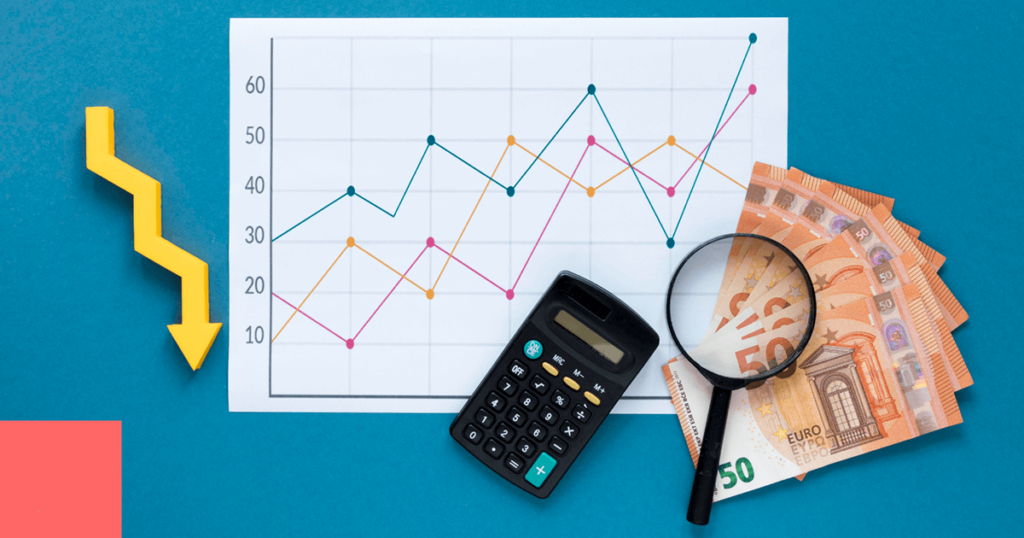In today’s fast-paced world, managing personal finances can seem like a daunting task. Fortunately, financial calculators are powerful tools designed to simplify budgeting, investing, and financial planning. Understanding how to use these calculators can empower you to make informed financial decisions, track your progress, and achieve your financial goals.
1. Budgeting
Budgeting is the cornerstone of effective financial management. A financial calculator can help you create and maintain a realistic budget by providing insights into your income, expenses, and savings goals. Here’s how you can use a financial calculator for budgeting:
- Track Your Income and Expenses: Enter your monthly income and categorize your expenses (e.g., housing, utilities, groceries, entertainment). The calculator will show you where your money is going and help you identify areas where you can cut back.
- Set Savings Goals: Input your savings goals and timeframes into the calculator. It will calculate how much you need to save each month to reach your goals, making it easier to incorporate savings into your budget.
- Analyze Your Cash Flow: By comparing your income and expenses, the calculator can highlight whether you have a surplus or deficit. This insight helps you adjust your spending habits to ensure you’re living within your means.
2. Investing
Investing is key to growing your wealth over time, and a financial calculator can assist you in making sound investment decisions. Here’s how to leverage a financial calculator for investing:
- Calculate Future Value: Input your initial investment amount, the expected annual return rate, and the number of years you plan to invest. The calculator will project the future value of your investment, helping you assess whether it aligns with your financial goals.
- Estimate Returns: Use the calculator to estimate the returns on different investment options. By comparing potential returns, you can choose investments that match your risk tolerance and financial objectives.
- Assess Investment Growth: Input various scenarios to see how changes in the investment amount or time horizon impact growth. This flexibility allows you to test different strategies and determine the best approach for reaching your financial goals.
3. Financial Planning
Long-term financial planning involves setting and achieving goals, managing debt, and preparing for retirement. A financial calculator can be instrumental in this process:
- Retirement Planning: Enter your current age, expected retirement age, desired retirement income, and expected rate of return. The calculator will estimate how much you need to save each month to ensure a comfortable retirement.
- Debt Management: Use the calculator to determine how long it will take to pay off debts based on your monthly payments and interest rates. It can also show you how increasing payments or refinancing can reduce the total interest paid.
- Loan Repayment: Input loan details such as the amount borrowed, interest rate, and term length. The calculator will provide you with monthly payment amounts and the total interest paid over the life of the loan, helping you understand the cost of borrowing.
Tips for Using Financial Calculators
- Double-Check Your Inputs: Ensure that you input accurate and realistic numbers to get useful results. Incorrect data can lead to misleading conclusions.
- Understand the Assumptions: Be aware of the assumptions used by the calculator, such as constant interest rates or inflation rates. These assumptions can affect the accuracy of the results.
- Use Multiple Calculators: Different calculators serve different purposes. Use a combination of calculators to get a comprehensive view of your financial situation and make well-informed decisions.
In summary, financial calculators are invaluable tools for budgeting, investing, and financial planning. By mastering their use, you can take control of your finances, make informed decisions, and work towards a secure financial future.


